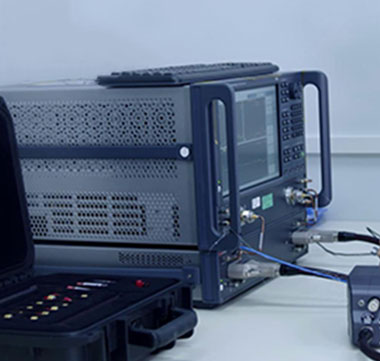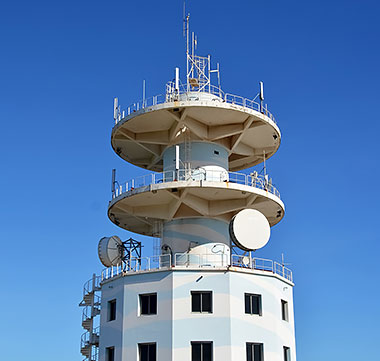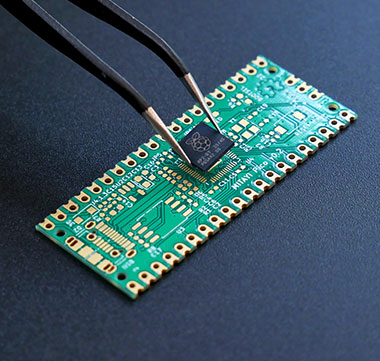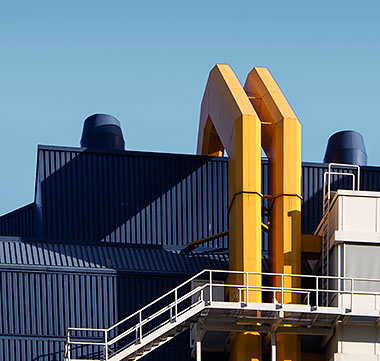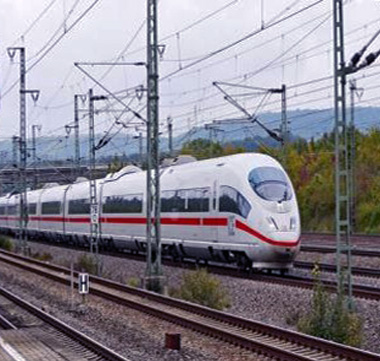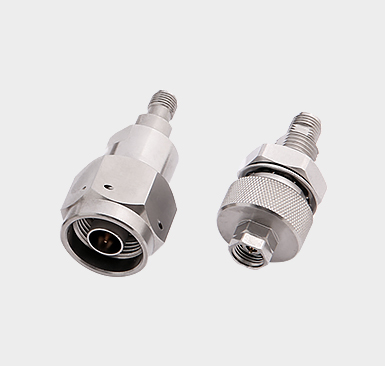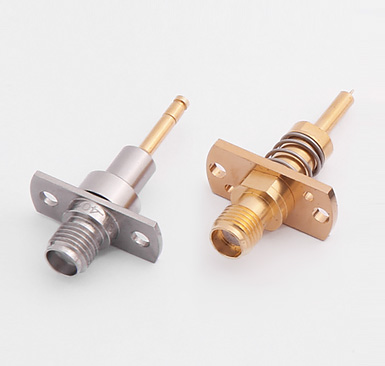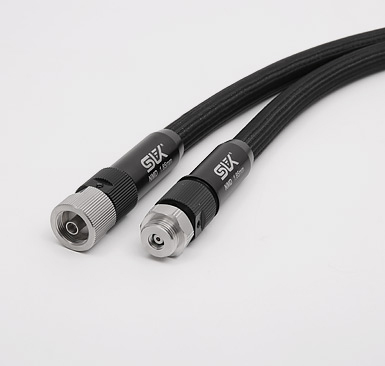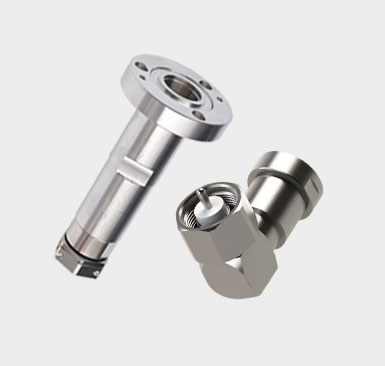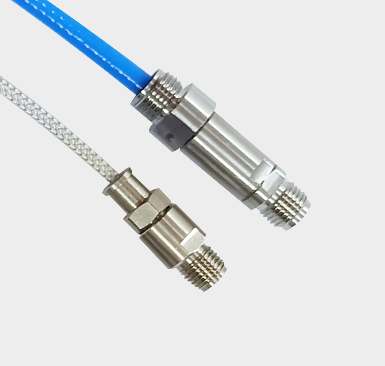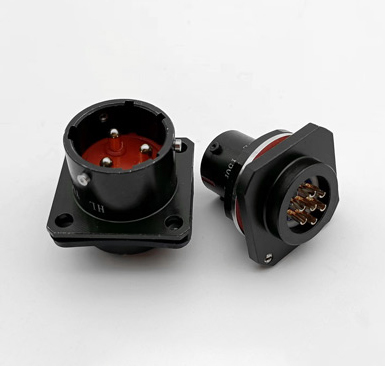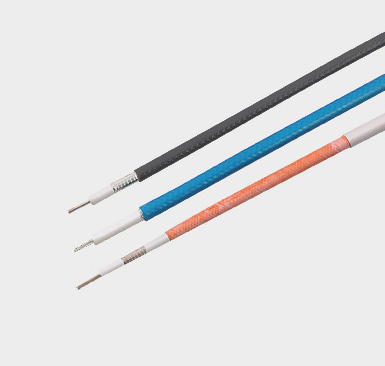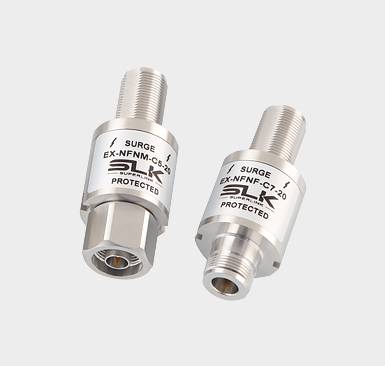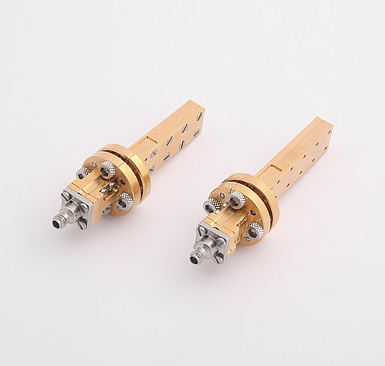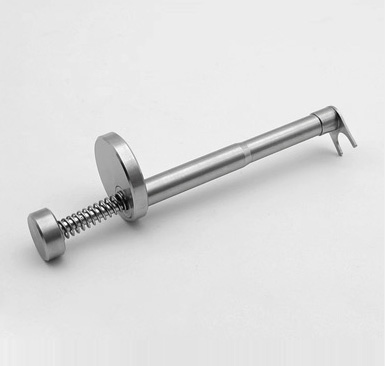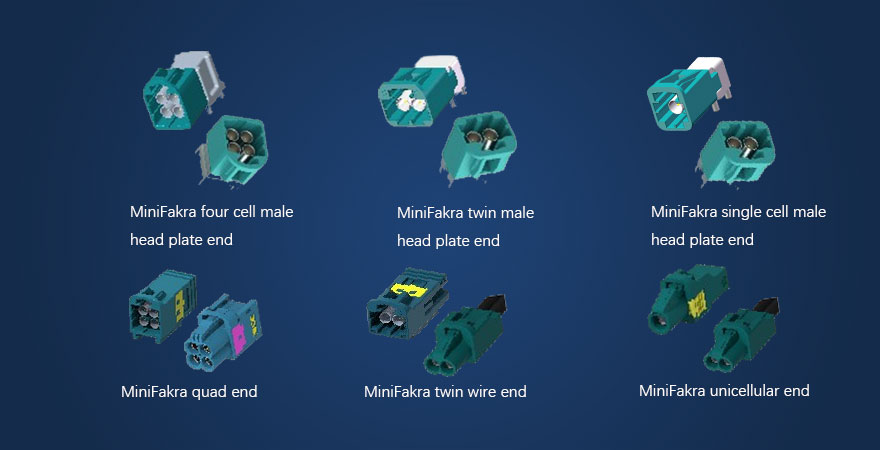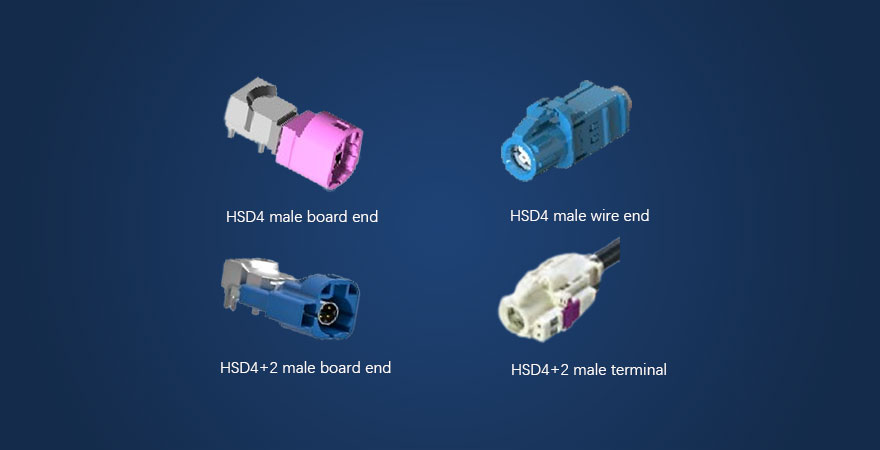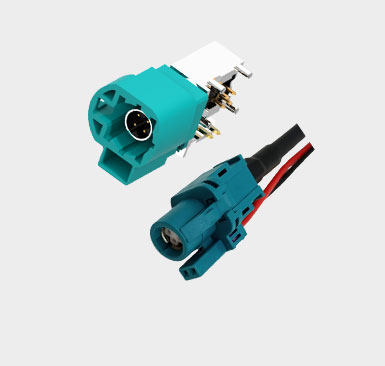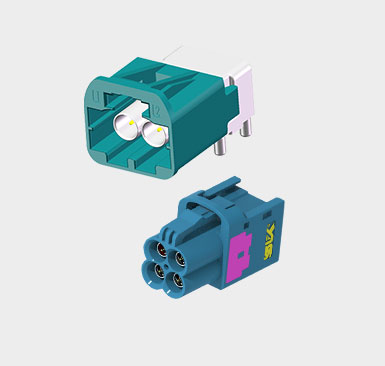Intelligent cockpit
The development of car cabins can be mainly divided into three stages: mechanical instrument stage, sensor and digital instrument stage, and comprehensive intelligence stage. The intelligent cockpit is an important product of the third stage of development.
Phase 1: Mechanical cabins mainly appeared before the 1980s, and car cabins mainly consisted of mechanical instrument panels and simple audio playback devices, without integration, display screens, and single physical button functions. At this stage, human-computer interaction mainly relies on commands issued by humans, and machines always passively execute commands.
Phase 2: From the 1980s to 2015, electronic cabins began to emerge. With the development of sensors and the application of chip technology, car cabins have begun to exhibit characteristics of intelligence and networking. The functions of the cockpit are not limited to driving functions executed according to instructions, but also include some entertainment and navigation functions. At this stage, human-computer interaction mainly begins to emerge through small-sized LCD screens or multi screen fusion technology, including non-contact interaction such as voice control.
Phase 3: Since 2015, automobiles have become fully intelligent, with highly integrated and multi screen designed intelligent cabins. Cars have become human-machine interactive intelligent products that integrate entertainment, office, life, and social interaction. At this stage, human-computer interaction tends to be diversified, with a shift from drivers to passengers.


